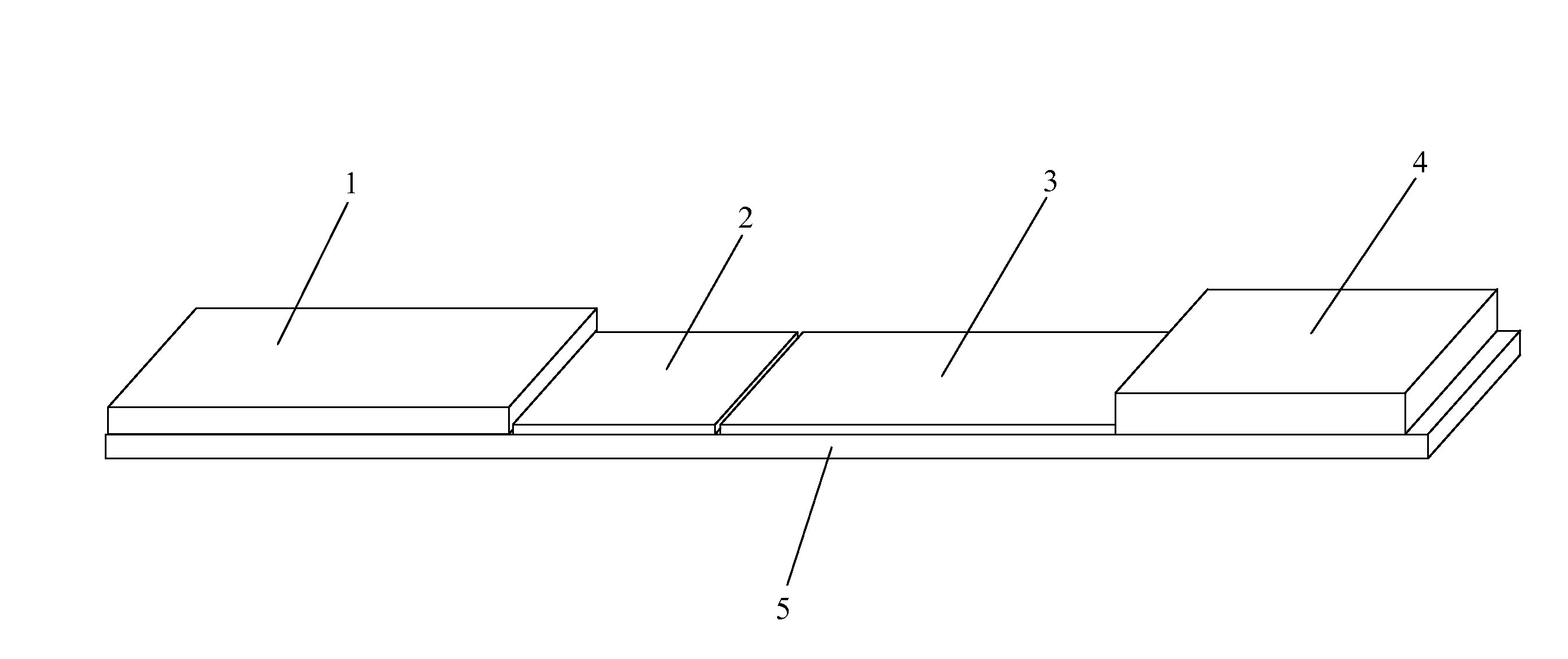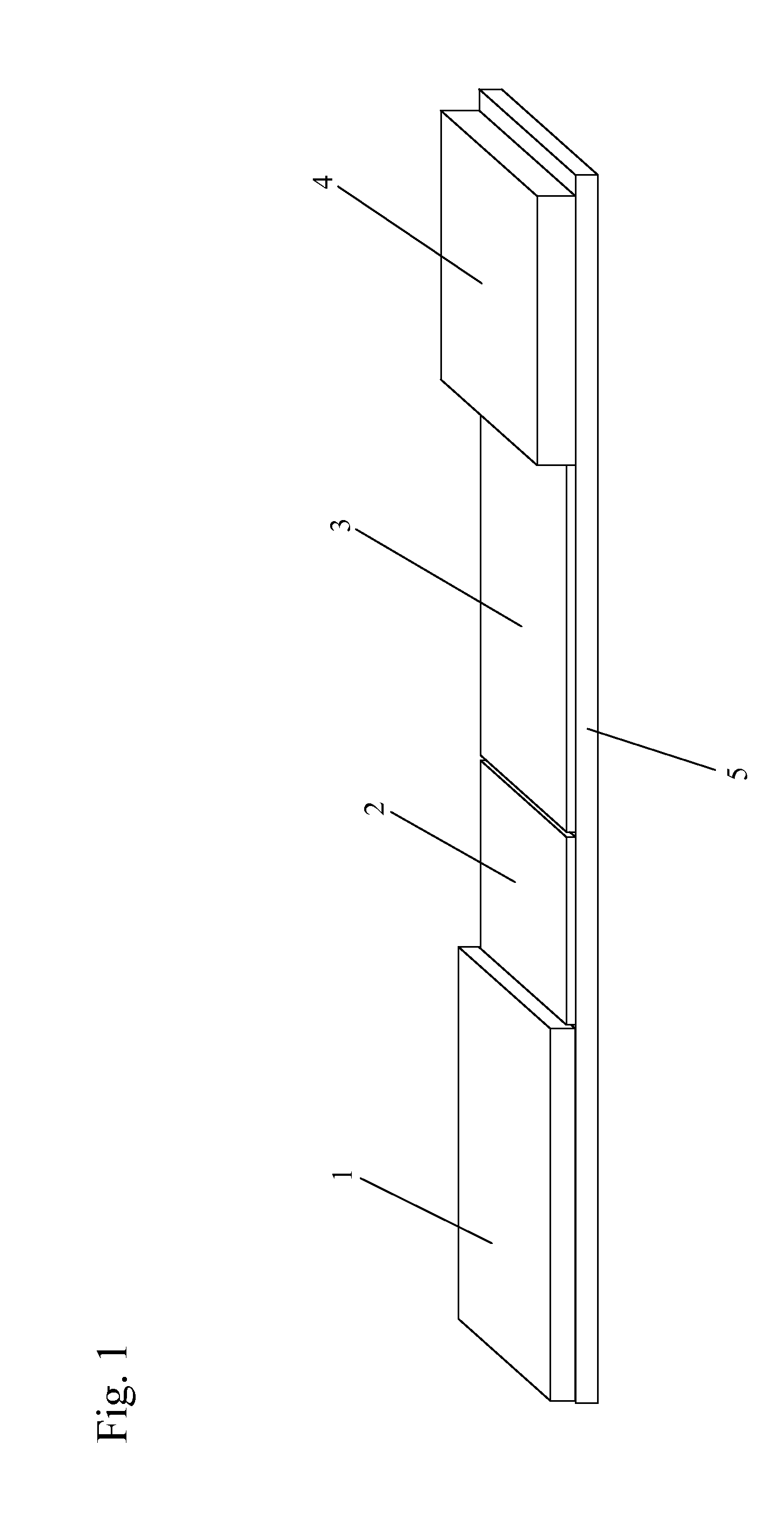Nanoparticles in diagnostic tests
a technology of nanoparticles and diagnostic tests, applied in the field of nanoparticles in diagnostic tests and immunoassays, can solve the problems of limited temperature range of detection, limited use of immunoassays, and limited cost of producing antibodies, so as to avoid the problem of antibody degradation, eliminate sample preparation steps, and prolong the effect of tim
- Summary
- Abstract
- Description
- Claims
- Application Information
AI Technical Summary
Benefits of technology
Problems solved by technology
Method used
Image
Examples
example 1
[0073]As shown in FIGS. 7A and 7B, and referring back to FIG. 6, in one example, the sample zone (101) of a sample analysis device is composed of nanoparticles (110) that mimic the action of T cells in the immune system (T cell Mimics). The “T cell mimics” preferably only include the active site (the binding site) for the viral particle of interest (H5N1 in this example). Since there are multiple binding sites, the device has a higher binding affinity and higher sensitivity for the target (a virus in this example) than in prior art devices. The “T cell mimics” are dyed with a visible color to create color at the test line for a positive test. The sample zone “T cell Mimics” may be specific to a single serotype or general to bind to all viruses.
[0074]At the test line (102), additional nanoparticles (112), which are also “T cell mimics”, are immobilized on the sample analysis device. These nanoparticles (112) are preferably colorless. The test line “T cell mimics” may be specific to b...
example 2
[0078]A test kit includes a test strip for the detection of Adeno virus in a tear sample from a patient. The test strip in this example includes a nitrocellulose protein binding membrane. The application zone includes an accessible portion of the test strip upstream of a test line. The test line is upstream of a control line.
[0079]The detection zone includes a nitrocellulose (NC) membrane with a nominal pore size of 8 pm and a thickness of 100 pm produced by Schleicher & Schuell, Germany. The test line contains an immobilized nanoparticle and a ligand rationally designed to bind to Hexon protein or any specific viral surface marker and is hence specific for the surface marker epitope on the Adeno virus membrane. As long as the test is working, the control line will appear regardless of whether the sample is positive or negative and thus indicates the correct flow characteristics of the immune-chromatography test. The chromatographic zones are in fluid communication with each other i...
PUM
| Property | Measurement | Unit |
|---|---|---|
| size | aaaaa | aaaaa |
| size | aaaaa | aaaaa |
| size | aaaaa | aaaaa |
Abstract
Description
Claims
Application Information
 Login to View More
Login to View More - R&D
- Intellectual Property
- Life Sciences
- Materials
- Tech Scout
- Unparalleled Data Quality
- Higher Quality Content
- 60% Fewer Hallucinations
Browse by: Latest US Patents, China's latest patents, Technical Efficacy Thesaurus, Application Domain, Technology Topic, Popular Technical Reports.
© 2025 PatSnap. All rights reserved.Legal|Privacy policy|Modern Slavery Act Transparency Statement|Sitemap|About US| Contact US: help@patsnap.com



